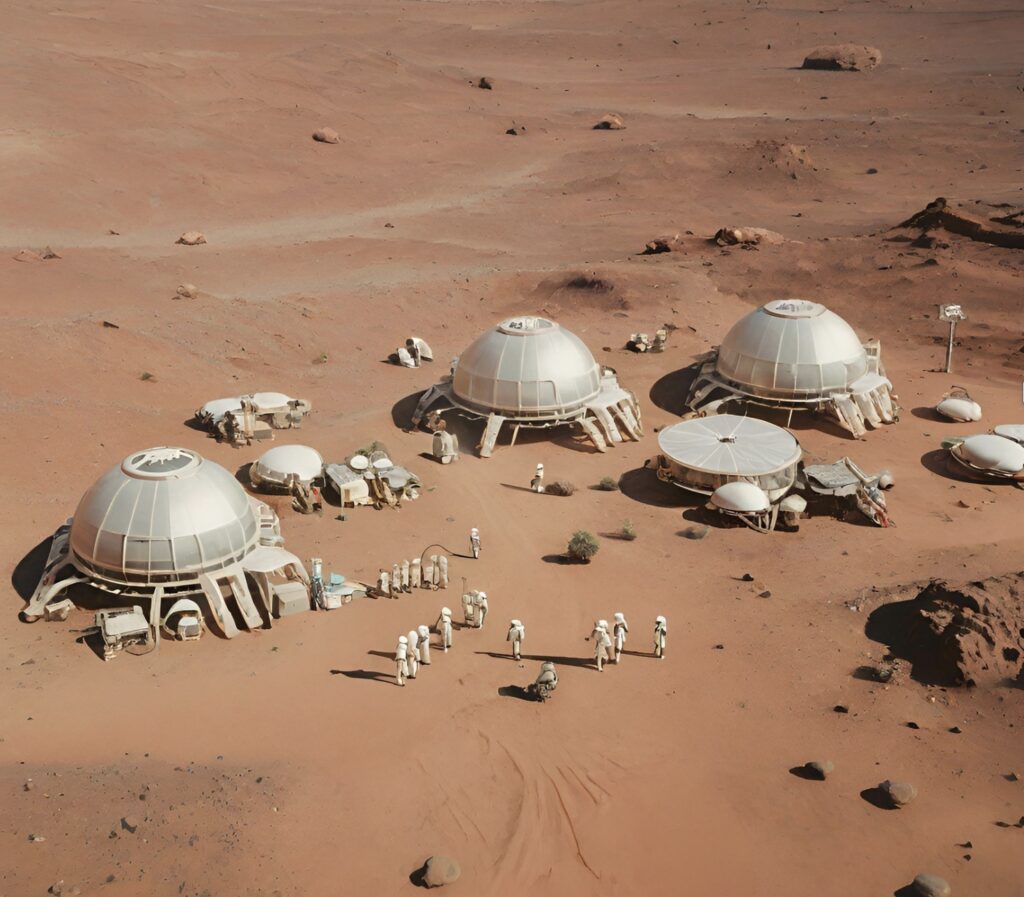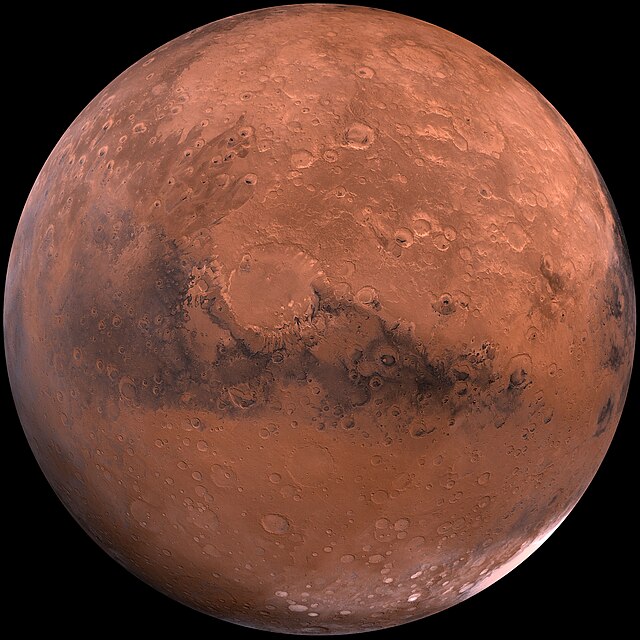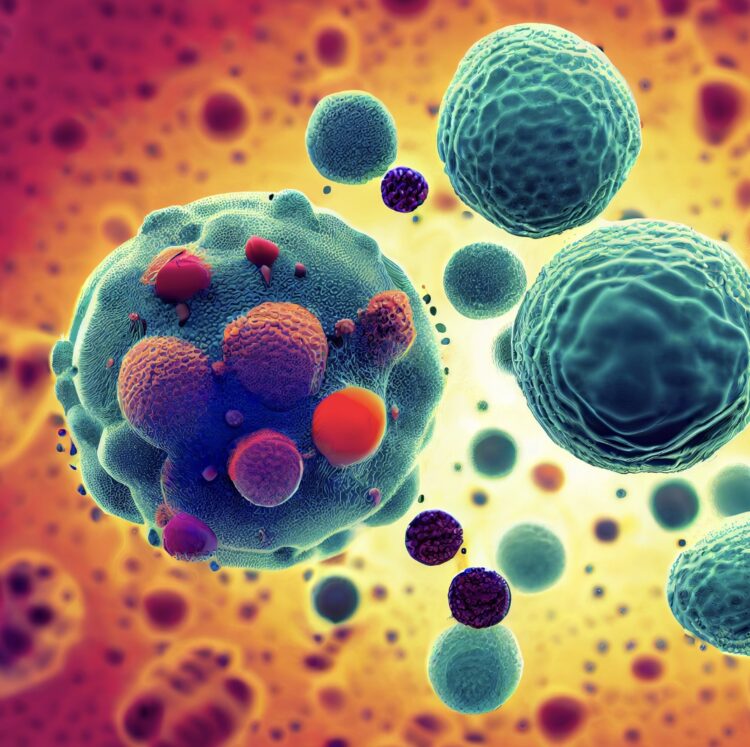For years, scientists and visionaries have dreamt of the idea of establishing a human colony on the Red Planet.
Now, it seems we have found some keys that could make this possible.
Advancements in space transportation technology, recent missions have demonstrated the ability to transport cargo and crew to Mars within a reasonable time, alongside the development of new rockets and propulsion techniques that have reduced risks and travel times. Habitats have been designed that can sustain humans in harsh conditions. These utilize solar power, recycle water and air, and can shield their occupants from radiation and Martian dust storms.

Another crucial point is the extraction of water; recently, ice has been discovered on the surface of Mars. This ice can be extracted and purified to provide drinking water and, through electrolysis, oxygen to breathe and rocket fuel. With the right conditions, it would be possible to grow food in Martian soil. This would allow colonists to produce their own sustenance and reduce dependence on Earth supplies.
The use of solar panels and wind turbines can generate the necessary energy for daily operations, ensuring a steady supply even during dust storms. Techniques and medications have been developed to help humans adapt to Mars’ low gravity and combat the negative effects of radiation.
Research is underway into techniques for building structures using local materials, such as Martian regolith, reducing the need to transport large quantities of materials from Earth. Robots could perform the most dangerous or repetitive tasks, such as infrastructure construction or mining, allowing humans to focus on more critical tasks.

Artificial intelligence and communication networks: These technologies ensure that operations on Mars are carried out efficiently, and that colonists are always in contact with Earth.
With these advancements and discoveries, the possibility of living on Mars no longer seems like a distant dream. It’s a path filled with challenges, but with determination and global collaboration, the Red Planet could become our second home. Future generations might look to the sky and see not one, but two worlds where humanity has left its mark. With hope and effort, the future on Mars awaits.











